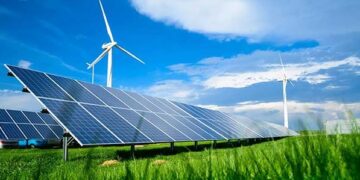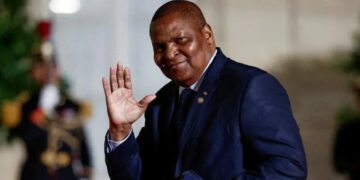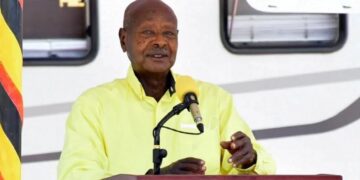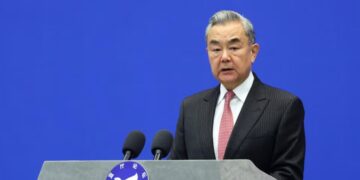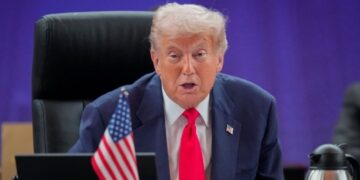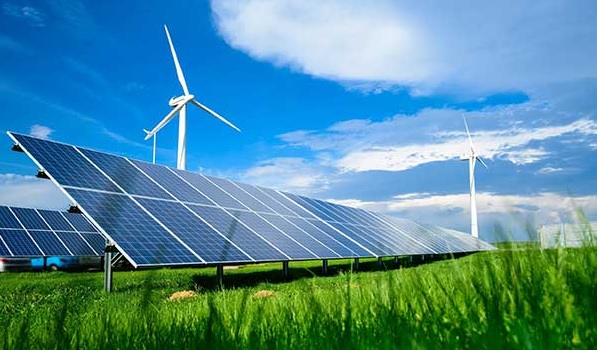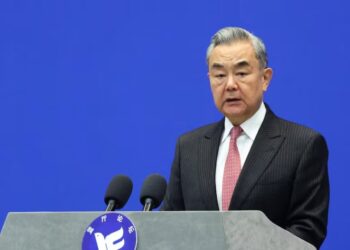By John Ikani
A new report by the International Energy Agency (IEA) paints a concerning picture of Africa’s clean energy investment.
Despite global clean energy spending reaching a staggering $2 trillion in 2024, Africa is expected to receive a meagre 2% of the amount, translating to roughly $40 billion.
This pales in comparison to the continent’s vast energy needs. Over 600 million Africans lack access to electricity, and a staggering 1 billion lack clean cooking fuels.
The development also highlights the significant gap between resources allocated and the desperate need for clean energy solutions.
Africa’s energy investment is further skewed towards fossil fuels, with an estimated $70 billion of the continent’s $110 billion total energy investment going towards these outdated resources.
This stands in stark contrast to the global average, where 1.8% of GDP goes towards energy investment compared to Africa’s meager 1.2%.
The report emphasizes the urgency of increased investment. To achieve its climate and energy goals by 2030, Africa requires a yearly investment of $200 billion – a stark contrast to the current shortfall of $25 billion annually.
Global Clean Energy Landscape
While Africa lags behind, the global clean energy picture is more positive. Total global energy investment is projected to break the $3 trillion mark for the first time in 2024.
Clean energy takes center stage with $2 trillion earmarked for technologies like solar, electric vehicles, and energy storage. Fossil fuels, including gas, oil, and coal, will receive the remaining funds.
Leading the clean energy charge is China, with a projected investment of a whopping $675 billion. Europe and the United States follow closely behind at $370 billion and $315 billion respectively.
Solar power stands out as the most favored technology, with investments in solar photovoltaic (PV) reaching $500 billion in 2024 due to falling costs.
Fossil fuels, however, show signs of a resurgence. Global upstream oil and gas investment is expected to climb 7% in 2024, driven by national oil companies in the Middle East and Asia.
Hope on the Horizon: Electrifying Africa
Despite the challenges, a glimmer of hope exists. During the World Bank/IMF spring meeting, the World Bank and the African Development Bank (AfDB) partnered to bring electricity to 300 million Africans by 2030.
This ambitious plan, estimated to cost $30 billion, aims to halve the number of Africans lacking electricity access. The World Bank and AfDB will split the goal, with the World Bank providing access to 250 million and the AfDB reaching 50 million.
While the journey towards a clean energy future for Africa remains long, this initiative demonstrates a commitment to closing the energy gap and improving the lives of millions.
